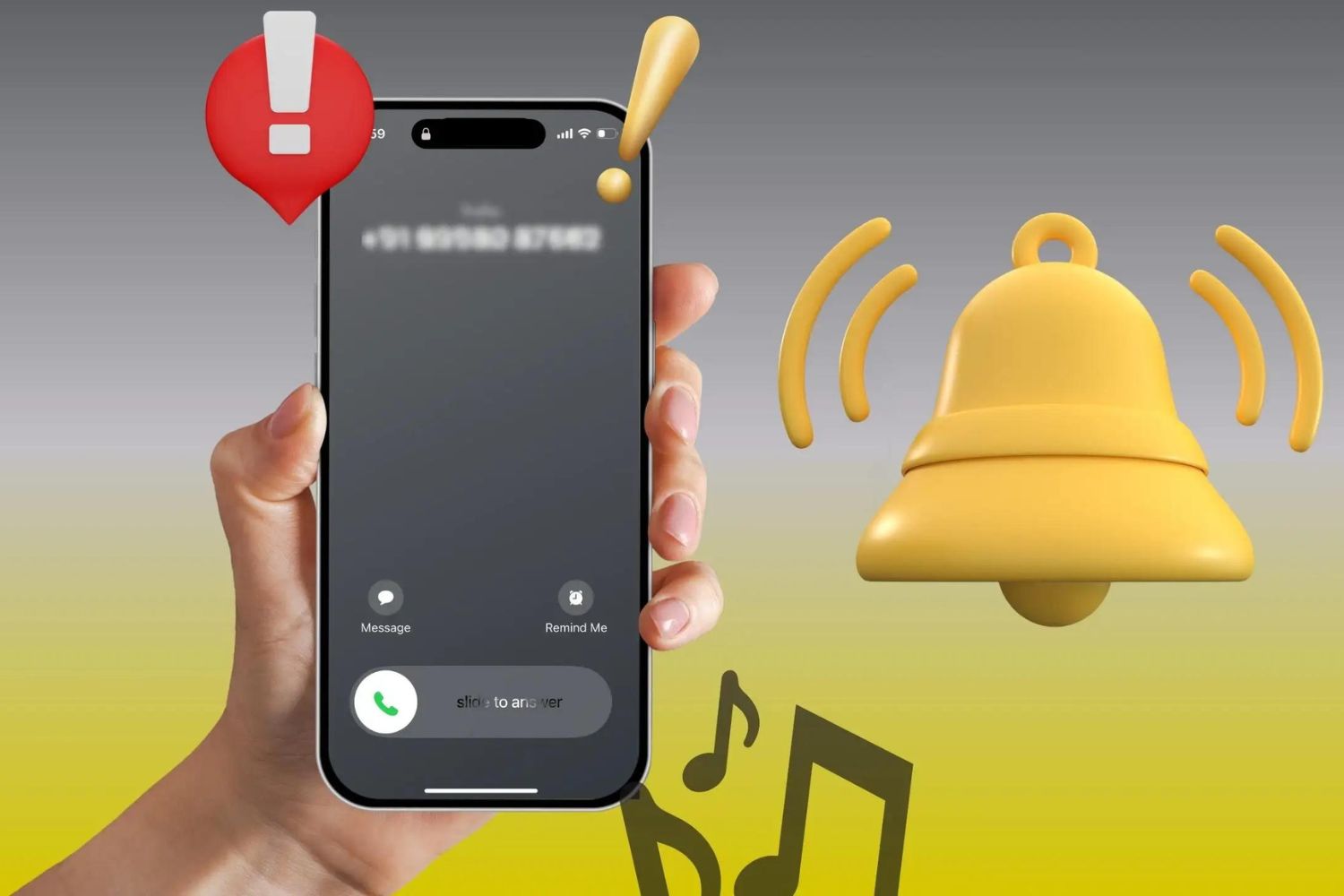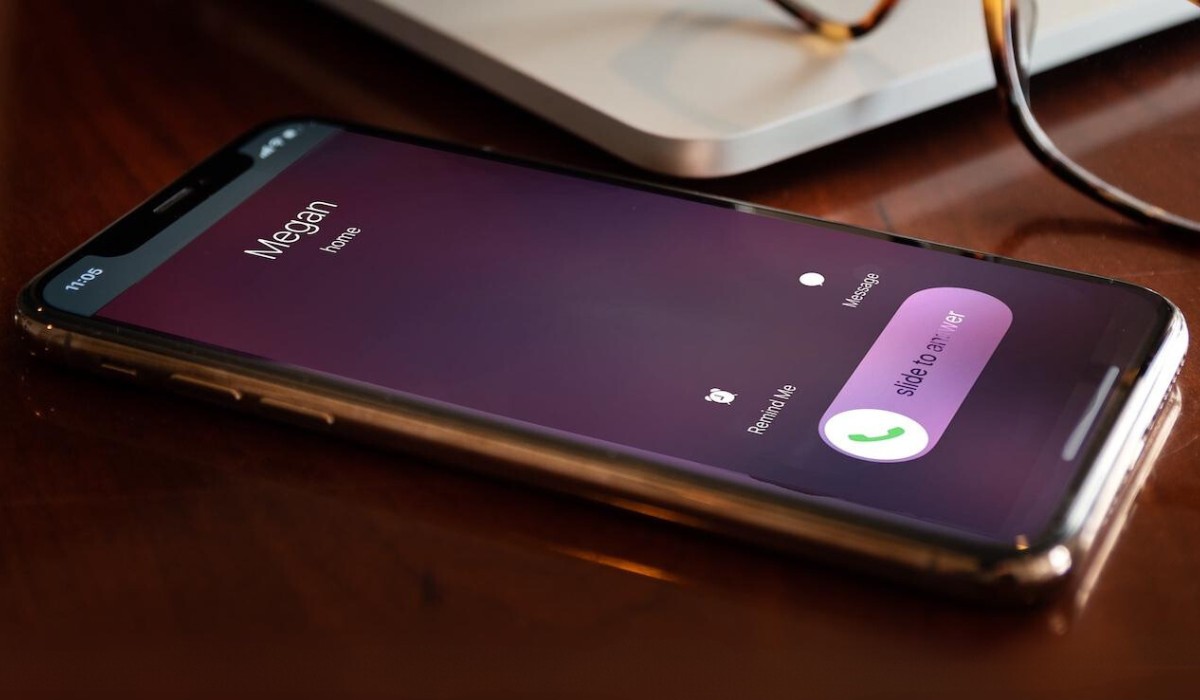Introduction
Have you ever missed an important call because you didn't hear your phone ring? The volume of your phone's ringtone is crucial for ensuring you never miss an important call or notification. Whether it's a crucial work call, a message from a loved one, or an important reminder, a reliable ring volume is essential for staying connected.
In this modern era, our smartphones serve as our lifelines, keeping us in touch with the world around us. However, when the ring volume malfunctions, it can lead to missed opportunities, misunderstandings, and frustration. Understanding the nuances of phone ring volume and being able to diagnose and troubleshoot related issues is essential for maintaining seamless communication in both personal and professional spheres.
In this comprehensive guide, we will delve into the intricacies of phone ring volume, exploring common issues that can impact its functionality. From unexpected silent modes to volume inconsistencies, we will shed light on the various challenges that users may encounter. Additionally, we will equip you with the knowledge needed to diagnose and troubleshoot these issues effectively, ensuring that you can rely on your phone's ring volume when you need it the most.
So, whether you're constantly asking people to repeat themselves because you didn't hear your phone ring or you're simply looking to preemptively address potential ring volume issues, this guide is your go-to resource for mastering the art of troubleshooting phone ring volume. Let's embark on this journey to ensure that the silent signal becomes a thing of the past!
Understanding Phone Ring Volume
Phone ring volume is the audible alert that notifies you of incoming calls, messages, or notifications on your mobile device. It plays a pivotal role in ensuring that you remain accessible and responsive in both personal and professional contexts. Understanding the factors that influence phone ring volume is essential for effectively addressing any related issues that may arise.
Ring volume settings are typically adjustable, allowing users to customize the volume level based on their preferences and environment. The volume can be controlled through the device’s settings or by using physical buttons or sliders, depending on the make and model of the phone. Additionally, some phones offer the option to set different volume levels for various types of notifications, such as calls, messages, and alarms, providing users with a high degree of customization.
Several factors can impact the perceived volume of a phone’s ringtone. The type of ringtone selected, the ambient noise level, and the phone’s placement relative to the user are all influential variables. For instance, a busy street may necessitate a higher ring volume to ensure that the alert is audible amidst the noise, while a quieter setting may call for a lower volume to avoid disruption.
Understanding the intricacies of phone ring volume empowers users to make informed decisions when customizing their device’s settings. By grasping the interplay between volume levels, environmental factors, and personal preferences, individuals can ensure that their phone’s ring volume aligns with their communication needs and lifestyle.
As we delve deeper into the world of phone ring volume, we will explore common issues that can compromise its functionality, equipping you with the knowledge needed to effectively diagnose and troubleshoot these challenges.
Common Issues with Phone Ring Volume
Despite the convenience and utility of modern smartphones, users often encounter various issues related to phone ring volume. These issues can range from unexpected silences to inconsistent volume levels, posing challenges to reliable communication. Understanding these common issues is the first step toward effectively addressing them.
- Silent Mode Surprises: One prevalent issue is the accidental activation of silent or do-not-disturb modes, which can mute the phone’s ringtone without the user’s knowledge. This can lead to missed calls and overlooked notifications, especially when the phone is inadvertently left in silent mode.
- Inconsistent Volume Levels: Some users may experience fluctuations in ring volume, with the alert being unexpectedly loud or quiet. This inconsistency can be disconcerting and may result in missed calls if the volume is lower than anticipated.
- Customization Challenges: Customizing ring volume for different types of notifications, such as calls, messages, and alarms, can be confusing for some users. Navigating through the settings to adjust individual volume levels may present challenges, leading to suboptimal configurations.
- External Interference: Environmental factors, such as background noise or the phone’s physical placement, can interfere with the perceived volume of the ringtone. Users in noisy environments may struggle to hear the ringtone, while those in quiet settings may find the volume to be excessively loud.
These common issues can disrupt the seamless functionality of phone ring volume, potentially leading to missed calls, miscommunications, and frustration. By recognizing these challenges, users can proactively address them and ensure that their phone’s ring volume operates reliably and consistently.
Silent Signal: Diagnosing the Problem
When faced with issues related to phone ring volume, effectively diagnosing the root cause is essential for implementing targeted solutions. Understanding the potential reasons behind a silent or inconsistent ringtone can empower users to regain control over their device’s alert system.
Check Silent Mode and Do-Not-Disturb Settings: The first step in diagnosing a silent ringtone is to verify the phone’s mode settings. Users should ensure that the device is not in silent or do-not-disturb mode, both of which can suppress the ringtone and notifications. Checking these settings can quickly rule out accidental activations that may be causing the issue.
Volume Level Verification: Users should also confirm that the volume level for the ringtone is appropriately set. This involves checking both the general volume settings and the specific volume level for incoming calls. Sometimes, unintentional adjustments or software glitches can lead to unexpectedly low or muted ring volume.
Software Updates and App Interference: Outdated software or conflicting applications can also impact the phone’s ring volume. Ensuring that the device’s operating system and relevant applications are up to date can mitigate potential software-related issues that may be affecting the ringtone’s functionality.
Physical Inspection: Physical examinations of the phone, such as inspecting the volume buttons, speakers, and audio ports, can reveal any hardware-related issues that may be contributing to the ring volume problem. Dust, debris, or hardware malfunctions can impede the device’s audio output, leading to diminished or distorted ringtone alerts.
Environmental Considerations: Users should also consider their surroundings and the ambient noise levels when diagnosing ring volume issues. High levels of background noise may necessitate a louder ring volume, while quieter settings may call for a lower volume to avoid disruption.
By systematically addressing these potential factors, users can effectively diagnose the underlying issues affecting their phone’s ring volume. Armed with a clear understanding of the problem, they can proceed to implement targeted troubleshooting measures to restore the reliability and consistency of their device’s alert system.
Troubleshooting Phone Ring Volume Issues
Once the root cause of phone ring volume issues has been identified, users can employ targeted troubleshooting strategies to rectify the problem and restore the functionality of their device’s alert system. By addressing the specific factors contributing to silent or inconsistent ring volume, users can regain confidence in their ability to stay connected and responsive.
Resetting Volume Settings: If the ring volume is unexpectedly low or muted, users can reset the volume settings to their default levels. This can help rectify any accidental adjustments or software glitches that may have impacted the volume level, ensuring that the ringtone is audible and reliable.
Software Updates and App Management: Ensuring that the device’s operating system and relevant applications are up to date can mitigate software-related issues that may be affecting the ring volume. Additionally, identifying and managing applications that may be interfering with the device’s audio output can help restore consistent ring volume.
Hardware Maintenance: Performing routine maintenance on the phone’s hardware components, such as cleaning the volume buttons, speakers, and audio ports, can alleviate hardware-related issues that may be impeding the ringtone’s functionality. Clearing any obstructions and ensuring the integrity of the hardware can contribute to improved ring volume.
Environmental Adaptation: Adapting the ring volume to suit the user’s environment is crucial for ensuring that the alert remains audible and appropriate. Users should consider the ambient noise levels and adjust the ring volume accordingly to accommodate different settings, thereby minimizing the risk of missed calls or disruptions.
Professional Assessment: In cases where persistent ring volume issues remain unresolved, seeking professional assessment and support from authorized service providers or technicians may be necessary. These experts can conduct thorough diagnostics and address any underlying hardware or software issues that are impacting the phone’s ring volume.
By systematically troubleshooting phone ring volume issues, users can reclaim the reliability and consistency of their device’s alert system, ensuring that they remain accessible and responsive in various scenarios. Implementing these targeted strategies can effectively mitigate the challenges associated with silent or inconsistent ring volume, fostering seamless communication and connectivity.
























